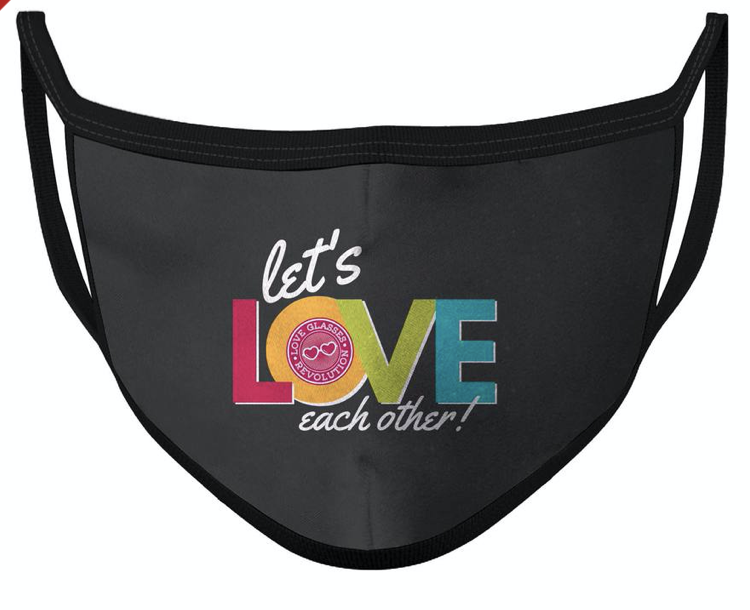
The surgical mask was used first in the operating rooms of Germany and the USA in the 1920s.
Modern surgical masks began to be used in the 1960s.
Just as the anti-mask movement in America goes back to the 1918-19 flu pandemic (yep, there were protests over government ordinances then, too), so does the East Asian inclination to wear a mask.
In those pandemic years, mask-wearing was widely promoted in Western nations and only then exported to Japan.
Years later, when the flu vaccine had been developed, the Japanese government said it was more important to get the shot than to wear a mask; even so, enthusiastic usage continued in the island country.
In China, the use of face masks against epidemics was practiced even earlier. In 1910 and 1911, citizens were encouraged to wear masks to combat the pneumonic plague outbreak in Manchuria.
The invention of the anti-epidemic mask was attributed to Dr. Wu Lien-teh, a Cambridge-educated Chinese physician who led anti-plague operations on behalf of China in the region.
The mask itself became a symbol of medical modernity across East Asian countries.
People don masks in the winter to protect themselves from the flu.
They slip one on in the spring to stave off hay fever.
The masks also provide protection from air pollution and reduce the spread of germs on crowded and poorly ventilated subways.
In some East Asian countries, like South Korea, the masks aren’t just a medical accessory.
For many, they served an aesthetic purpose: something a woman might put on to cover a makeup-less face while running errands, or a K-Pop star might slip one on to avoid being spotted by fans in an airport.
Masks are usually depicted, even if in passing, on most South Korean series, which I highly recommend checking out on Netflix. [One Spring Night, Prison Playbook, Life, Rookie Historian]
There’s an ethical component, too.
East Asians wear masks for their own health but principally out of respect for others.
Prior to COVID-19, if you didn’t use a face mask in public areas while sick or during the height of the flu season, you’d be at the receiving end of more than a few dirty looks, viewed as a “deviant other.”
People from East Asia generally prioritize the group over the self.
Putting on a face covering when you’re sick or around vulnerable people is part and parcel of good citizenship.
But in the US, people seem to interpret masks as “alien to our culture” as well as view the wearer as being ill instead of as a conscientious person protecting themselves and others from illness.
And western societies tend to be more individualistic, stressing the desires of the individual over the needs of the group as a whole.
While there’s certainly diversity across East Asia regarding how collectivist societies actually are, “the legacy of disease outbreaks and a more civic-minded community is strong,” said Ria Sinha, a senior research fellow at the Center for the Humanities and Medicine at the University of Hong Kong.
Meanwhile, using the carrot approach to entice anti-vaxxers to vaccinate, the Ohio governor has announced a million-dollar lottery for the newly vaccinated and the CDC has said fully vaccinated people can forgo wearing masks.
The lottery would have been more effective if 500 people could win $10,000 than the odds of 5 people winning the unimaginable (to most people) $1 million.
And since no one knows who’s vaccinated, the CDC just provided cover for those who don’t care about infecting others, much less themselves.